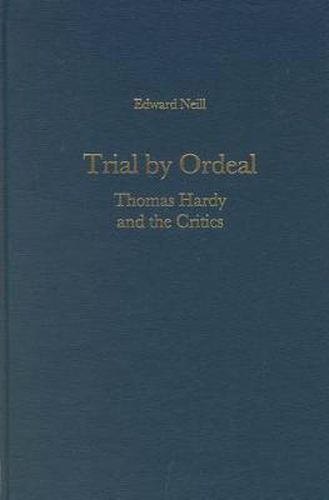This book demonstrates how critical appropriations of Hardy’s work often promote a simplifying, conventional, or conservative image that a sophisticated view of his creative intentions by no means confirms. Neill shows how tendentious and traditional approaches that diminish or even traduce Hardy’s literary achievement have achieved a cultural prominence that still gives a false impression of the nature of those achievements. The first chapter discusses the biographical tradition, such a powerful aspect of Hardy’s critical reception, defining the problems presented by biographically-based criticism in general and by Hardy, one of the slipperiest of literary practitioners, in particular. The second chapter offers a map of critical misreadings, suggesting how a certain ideology of critical reproduction emphasizes limited aspects of Hardy in a cult of nostalgic reaction, ignoring disconcertingly subversive or interrogative aspects of this intellectually progressive writer. The third chapter concentrates on the response to Hardy’s poetry, persistently misrepresented as a series of essays in innocuous or eccentric rusticity; the fourth examines Jude the Obscure, the most provocative and controversial of Hardy’s works, which still moves critics to howls of execration or considered, complex mediation. The bibliography includes in addition to more well-known critical works on Hardy a range of unusual and little-consulted items.





